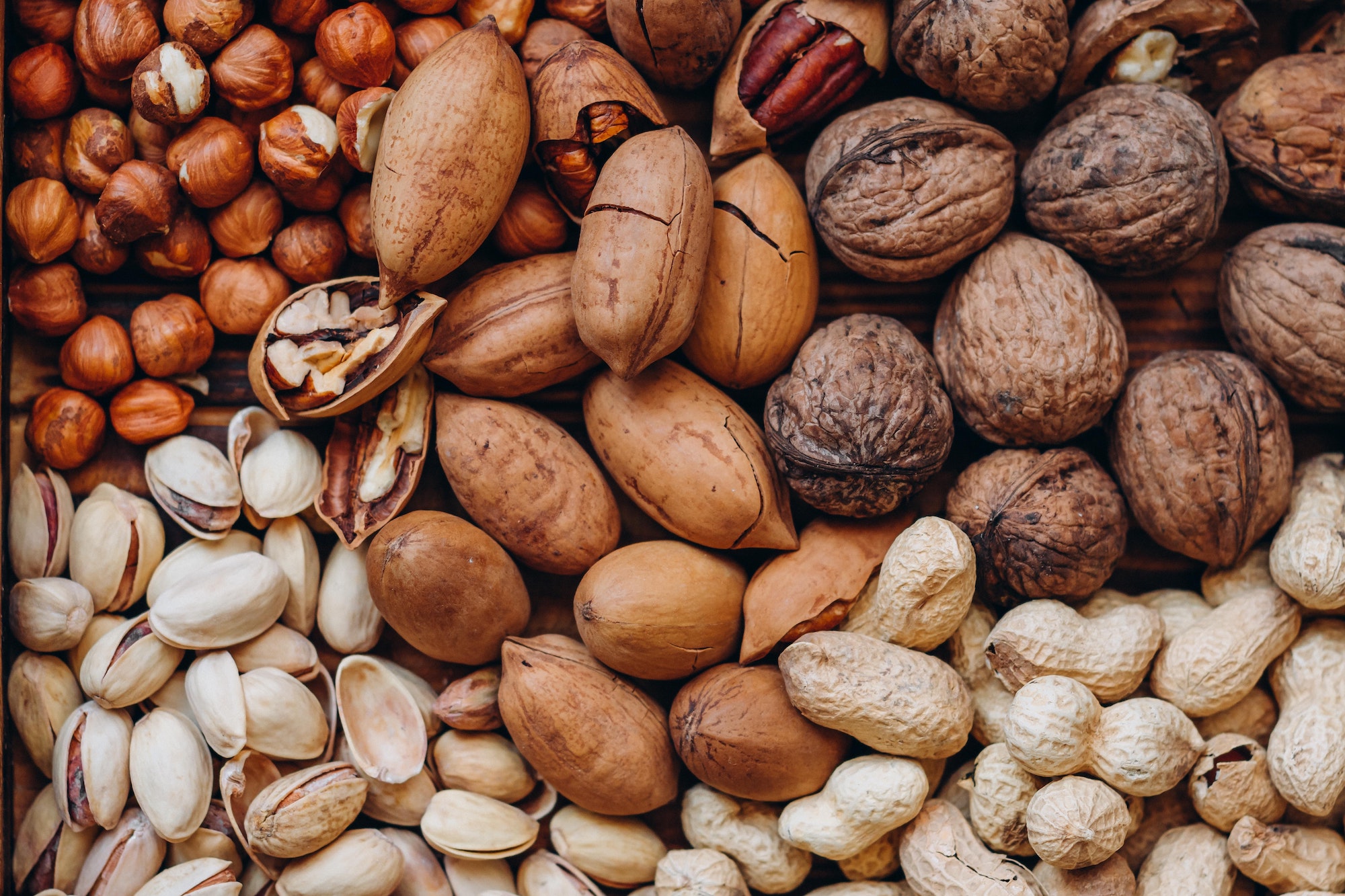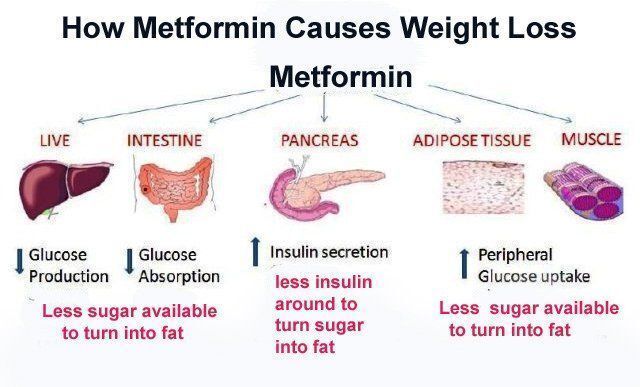
There are many misconceptions surrounding fad diets and how they differ from real health recommendations. These diets are not possible. Although some fads may offer a brief glimpse into the health benefits of certain foods, they are not healthy or sustainable. These plans are usually not endorsed by the medical profession and often don't follow sound nutritional principles. Fad diets are often misleading and do not promote healthy eating.
These diets can help you lose weight, but they are not good for your health. Many of these diets are based on false information. These diets promise quick results, but they are often unrealistic. They are often claimed to be the only way for you to lose weight, and to provide health benefits. These programs are not scientifically supported and are based on unproven trials and single testimonials. They shouldn't be used as a single method of losing weight and keeping it off.

These diets may be designed to promote a particular cause of weight loss. While some fads may focus on a particular food group or promote a particular type of food, the reality is that these programs are not sustainable and often only offer a short-term fix. These diets don't work and they can be difficult to maintain.
Like most things, fad dieting doesn't work. They often provide temporary solutions to weight reduction but do not have lasting results. A popular fad diet that allowed people to eat protein as well as fat and carbohydrates without bread is the Atkins Diet. This popular diet fell out of favor quickly and is no longer in fashion today. Although the Atkins diet is still popular, it has seen a significant decline in popularity.
Fad diets are not sustainable solutions to weight loss. Fad diets can result in nutritional deficiencies and a slowing down of the body's metabolism. If a person follows a fad, they will retain the calories it consumes for a very long time. When they return to their usual eating habits, this can lead to weight gain. A fad diet can also make it difficult to lose weight and maintain a healthy lifestyle.

Another type of fad diet is the low-carb diet, which is based on eating animal meat. It's high on protein and low on carbohydrates. It's the opposite of the vegan diet, which only eats plant-based foods. This low-carb diet can lead to infertility and weight gain. In addition, these diets tend to restrict the amount of exercise you can do.
FAQ
How do I find out what's best for me?
You must listen to your body. Your body knows what you need when it comes time to eat, exercise, and get enough rest. It's important to pay attention to your body so you don't overdo things. Take care of your body and make sure that you're staying healthy.
Why does weight change as we age?
How do you determine if your bodyweight is changing?
A person who has less body fat than their muscle mass will experience weight loss. This means that the amount of calories consumed must exceed the amount of energy used daily. Activity levels are the most common reason for weight loss. You can also lose weight due to stress, illness, pregnancy, hormonal imbalances and certain medications. If there is more body fat than muscle mass, then weight gain can occur. It happens when people eat more calories than they use during a given day. There are many reasons for this, including overeating and increased physical activity.
The main reason why our bodies lose weight is because we consume fewer calories than we burn. Exercise regularly increases your metabolism rate, which allows you to burn more calories every day. But this doesn't guarantee that we'll lose weight. All that matters is whether we're losing weight or gaining muscles. We will lose weight if we burn more calories than we consume. However, if we consume more calories than we burn, we end up storing them as extra fat.
As we age we tend to be slower in moving and thus we don't move nearly as much. We also tend to eat less food than we did when we were younger. This is why we tend to gain weight. We also tend to look larger because we have more muscle.
Without regularly weighing yourself, it is impossible to gauge how much weight you have lost. There are many options for measuring your weight. There are many ways to measure your weight. You can check your waist, hips, thighs, arms and legs. Some people prefer using bathroom scales and others prefer tape measure.
To track your progress, weigh yourself once a week. Measure your waistline once per month. You can also take pictures of yourself every few months to see how far you've come.
Online, you can find out your height and weight. You'd likely weigh 180 pounds if you were 5'10 tall and 180 pounds if you were 180lbs.
What should I eat?
Take in lots of fruits and veggies. They contain vitamins and minerals which help keep your immune system strong. Additionally, vegetables and fruits are high fiber. This helps with digestion and keeps them full. At least five servings of fruits and vegetables should be consumed each day.
Make sure you drink plenty of water too. Water flushes toxins from your body and helps you feel full between meals. Drink about eight glasses each day.
Refined grains should be replaced with whole grains. Whole grains have all their nutrients intact, including B vitamins, iron, zinc, magnesium, calcium, and protein. Refined grain has lost some of its nutrition.
Avoid sugary beverages. Sugary drinks are full of empty calories and lead to obesity. Instead, opt for water, milk, or unsweetened tea.
Avoid fast food. Fast food has very little nutritional value. Although it may taste delicious, fast food won't provide you with the energy you need for your daily activities. Instead, stick to healthier options such salads and soups as well sandwiches and pasta.
Limit alcohol intake. Alcohol contains empty calories and contributes to poor nutrition. Limit your intake of alcohol to two drinks per week.
Try to cut down on red meat. Red meats are high in saturated fat and cholesterol. Opt for lean cuts of beef, pork, lamb, chicken, fish, and turkey instead.
What are the 7 tips to have a healthy life?
-
Make sure you eat right
-
Exercise regularly
-
Sleep well
-
Drink plenty of water.
-
Get enough rest
-
Be happy
-
Smile often
What's the difference between a calorie and kilocalorie?
Calories can be used to measure how much energy is in food. Calories is the unit of measurement. One calorie equals one degree Celsius of energy to raise water temperature by 1 gram.
Kilocalories are another term for calories. Kilocalories are measured in thousandths of a calorie. For example, 1000 calories equals one kilocalorie.
Is being cold bad for your immune system?
Cold weather can cause a decline in your immune system. Your body produces fewer white blood cell which fight infection. But, cold makes you feel better. Your brain releases endorphins that reduce pain.
Statistics
- According to the Physical Activity Guidelines for Americans, we should strive for at least 150 minutes of moderate intensity activity each week (54Trusted Source Smoking, harmful use of drugs, and alcohol abuse can all seriously negatively affect your health. (healthline.com)
- This article received 11 testimonials and 86% of readers who voted found it helpful, earning it our reader-approved status. (wikihow.com)
- In both adults and children, the intake of free sugars should be reduced to less than 10% of total energy intake. (who.int)
- The Dietary Guidelines for Americans recommend keeping added sugar intake below 10% of your daily calorie intake, while the World Health Organization recommends slashing added sugars to 5% or less of your daily calories for optimal health (59Trusted (healthline.com)
External Links
How To
What does the meaning of "vitamin?"
Vitamins can be described as organic compounds found in food. Vitamins aid us in absorbing nutrients from the food we eat. Vitamins cannot be produced by the body. They must be acquired from food.
There are two types of vitamins: water soluble and fat soluble. Water-soluble vitamins dissolve quickly in water. These include vitamin C (thiamine), Vitamin B1 (riboflavin), Vitamin B2 (riboflavin), Vitamin B3 (niacin), Vitamin B6 (pyridoxine), Vitamin C, B1 (thiamine), Vitamin B2 (riboflavin), Vitamin B3 (niacin), and Vitamin B6 (pyridoxine). Fat soluble vitamins are stored in the liver and fatty tissue. These include vitamin D, E and K, as well as beta carotene.
Vitamins can be classified by their biological activity. There are eight main groups of vitamins.
-
A – Essential for normal growth, and the maintenance of good health.
-
C - important for proper nerve function and energy production.
-
D - essential for healthy bones, teeth, and gums.
-
E is required for good vision and reproduction.
-
K - essential for healthy muscles, nerves, and bones.
-
P - Essential for strong bones and teeth.
-
Q - Aids in digestion and absorption.
-
R - necessary for making red blood cells.
The recommended daily allowance (RDA), for vitamins, varies depending upon age, gender, or physical condition. RDA values are set by the U.S. Food and Drug Administration (FDA).
For adults over 19, the RDA for vitaminA is 400 micrograms per daily. For fetal development, pregnant women need 600 mg per day. Children ages 1-8 require 900 micrograms per day. Children under 1 year old require 700 micrograms daily, while infants over one year old need 500 micrograms every day. This decreases between 9 and 12 months.
Children ages 1-18years who are obese need 800 micrograms per day while those who are overweight need 1000 micrograms per day and children who are underweight need 1200 micrograms per day to meet their nutritional needs.
2200 mg of vitamin A per day is required for children aged 4-8 who have been diagnosed by anemia.
Adults over 50 years of age need 2000 micrograms per day for general health. Due to their increased nutrient needs, pregnant and breastfeeding women need 3000 micrograms daily.
Adults over 70 require 1500 micrograms each day, since they lose around 10% of their muscle mass every decade.
Women who are pregnant or lactating need more than the RDA. Pregnant mothers need 4000 micrograms per daily during pregnancy and 2500 after giving birth. Breastfeeding moms need 5000 micrograms each day when breastmilk production occurs.